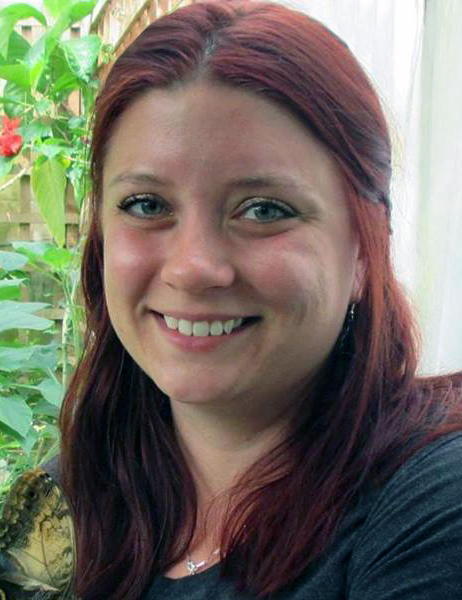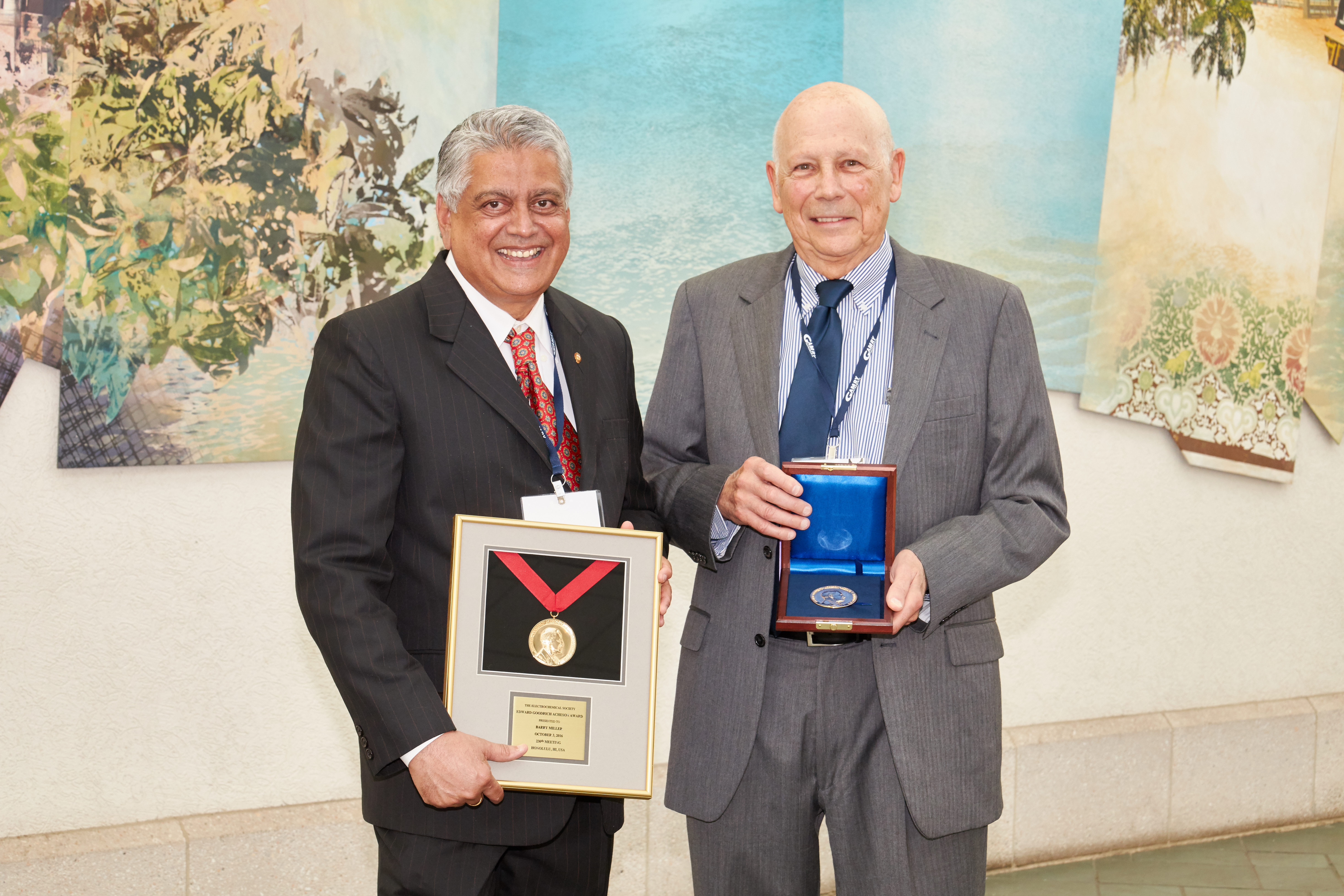
Past ECS President Krishnan Rajeshwar (left) awarding Barry Miller (right) the Edward Goodrich Acheson Award.
Is it possible for an awards program to go full circle? Here at ECS, the answer is a resounding YES!
Consider this: every two years in the fall, The Electrochemical Society honors an outstanding scientist or engineer with the Charles W. Tobias Young Investigator Award and similarly acknowledges the legacy of career achievement through our oldest prize, the Edward Goodrich Acheson Award. In each case, your peers are recognized for scientific contributions within our multi-disciplinary sciences and sustained service to our Society.
So what are we asking of you?
Nominate someone. They say it’s an honor to be nominated because it is.
Who are the best candidates?
The Tobias award applicant will be 40 years of age or younger (by April 1, 2018), whose professional background and Society volunteerism demonstrates a desire for future excellence in teaching and/or research and leadership within ECS. S/he will receive a framed certificate, a $5,000 prize and life membership. The 2016 recipient was Shirley Meng, Associate Professor of NanoEngineering at the University of California San Diego. Dr. Meng is currently the secretary of our largest division and a member of the sponsorship committee.


 Engineers have created a high-frequency electronic chip potentially capable of transmitting tens of gigabits of data per second, much faster than the fastest internet available today.
Engineers have created a high-frequency electronic chip potentially capable of transmitting tens of gigabits of data per second, much faster than the fastest internet available today.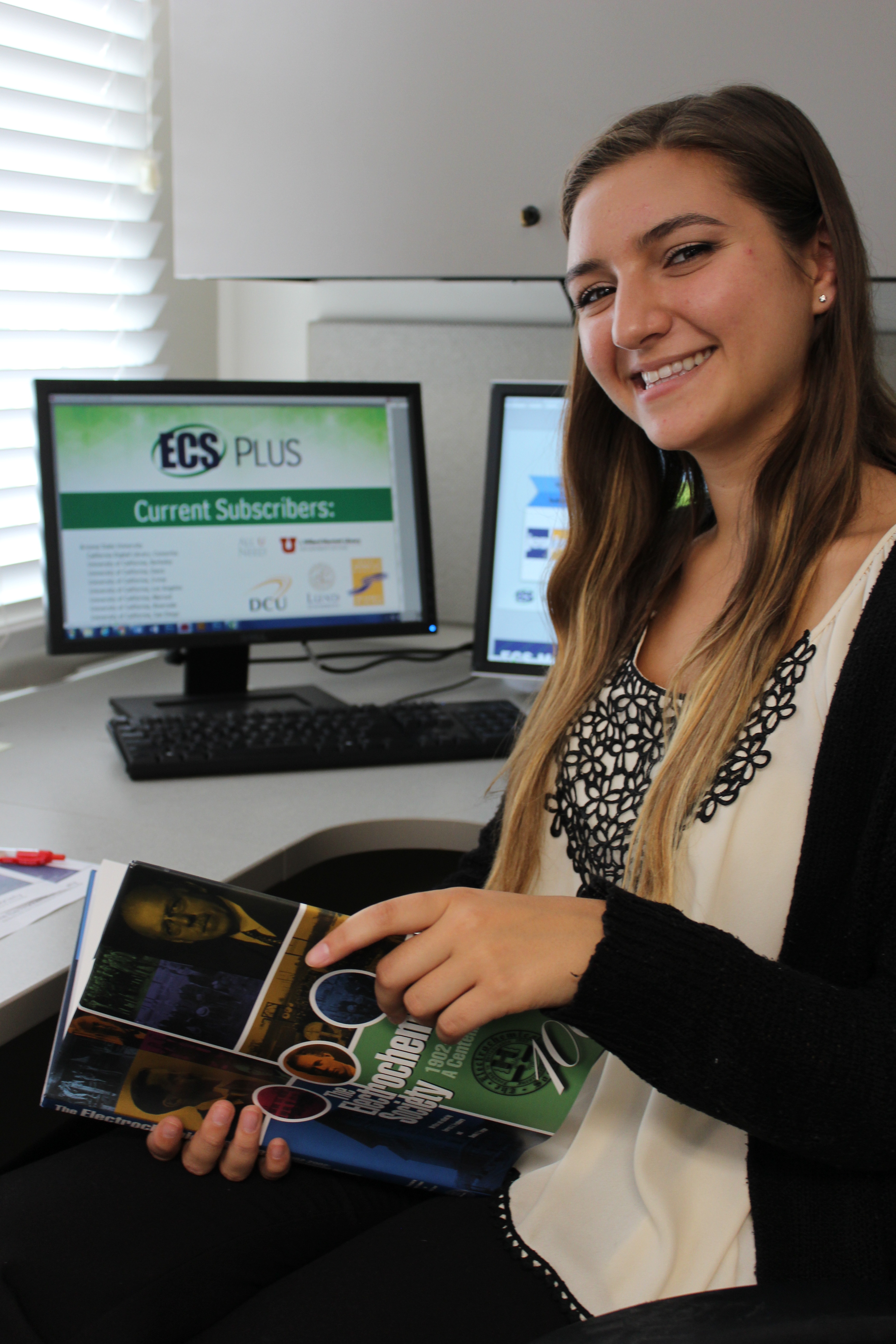
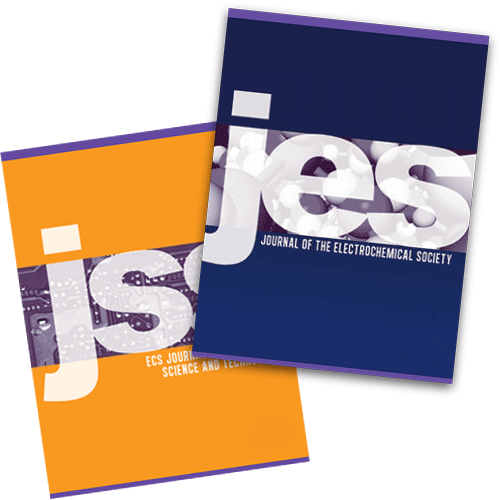 Tech Highlights was prepared by David Enos, Mara Schindelholz, and Mike Kelly of Sandia National Laboratories, Colm Glynn and David McNulty of University College Cork, Ireland, and Donald Pile of Rolled-Ribbon Battery Company. This article was originally published in
Tech Highlights was prepared by David Enos, Mara Schindelholz, and Mike Kelly of Sandia National Laboratories, Colm Glynn and David McNulty of University College Cork, Ireland, and Donald Pile of Rolled-Ribbon Battery Company. This article was originally published in 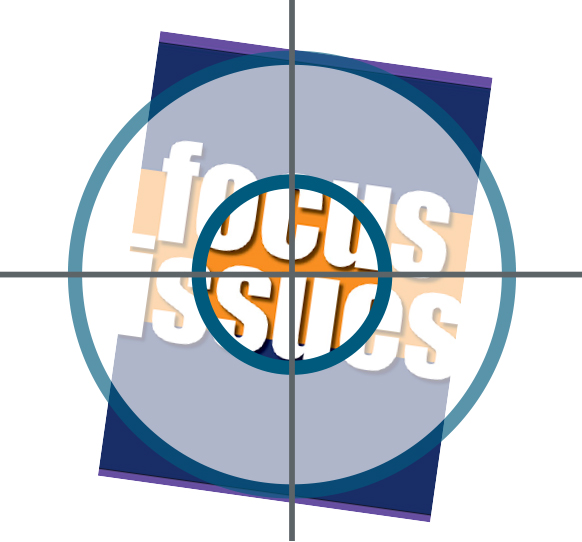 The
The  A team of engineers has found a simple, economical way to make a nano-sized device that can lift many times its own weight.
A team of engineers has found a simple, economical way to make a nano-sized device that can lift many times its own weight.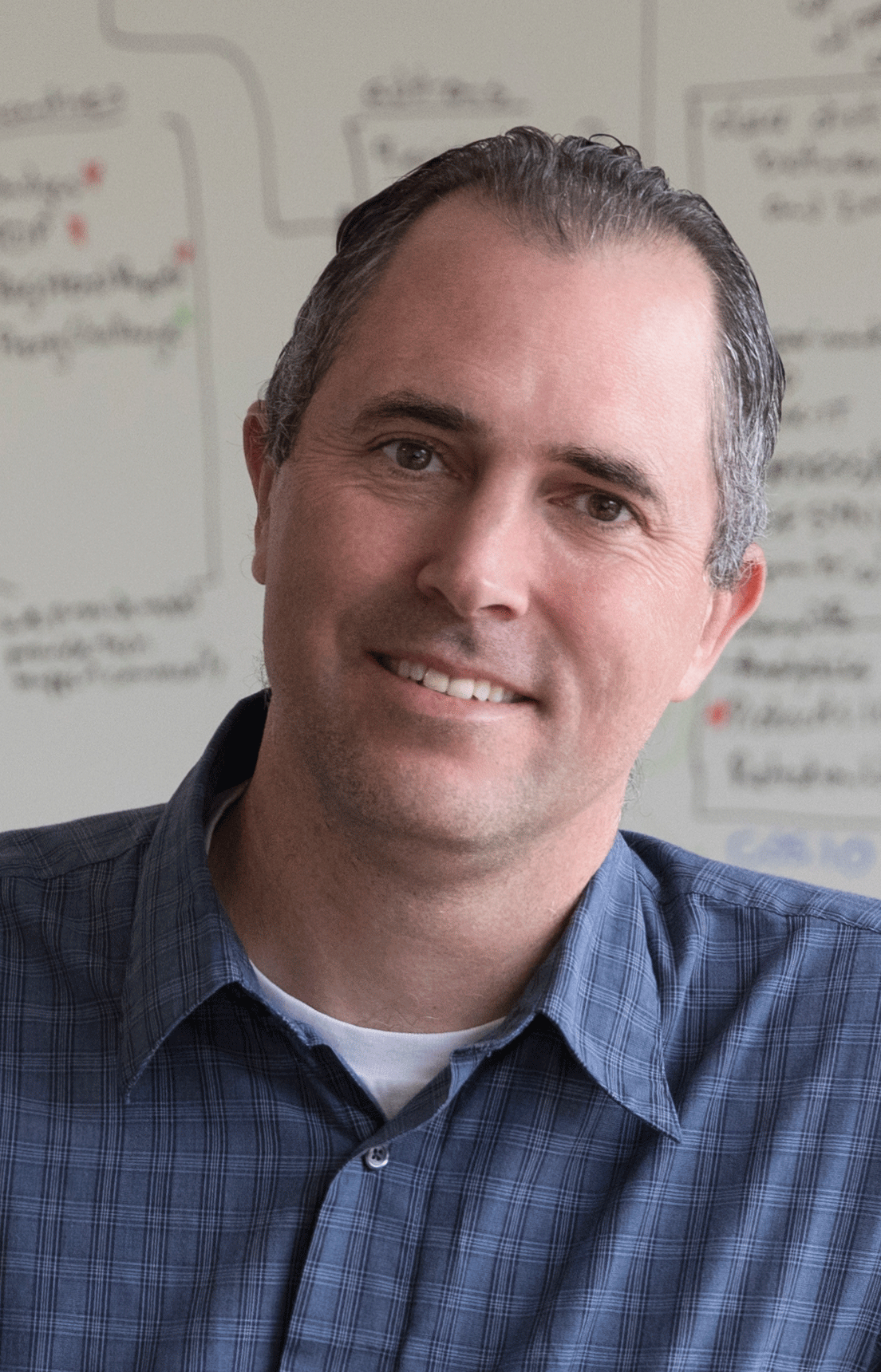
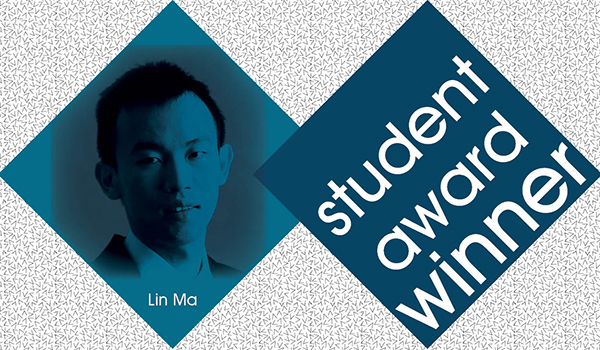 Each year, the ECS Battery Division recognizes achievement with four awards including its
Each year, the ECS Battery Division recognizes achievement with four awards including its 